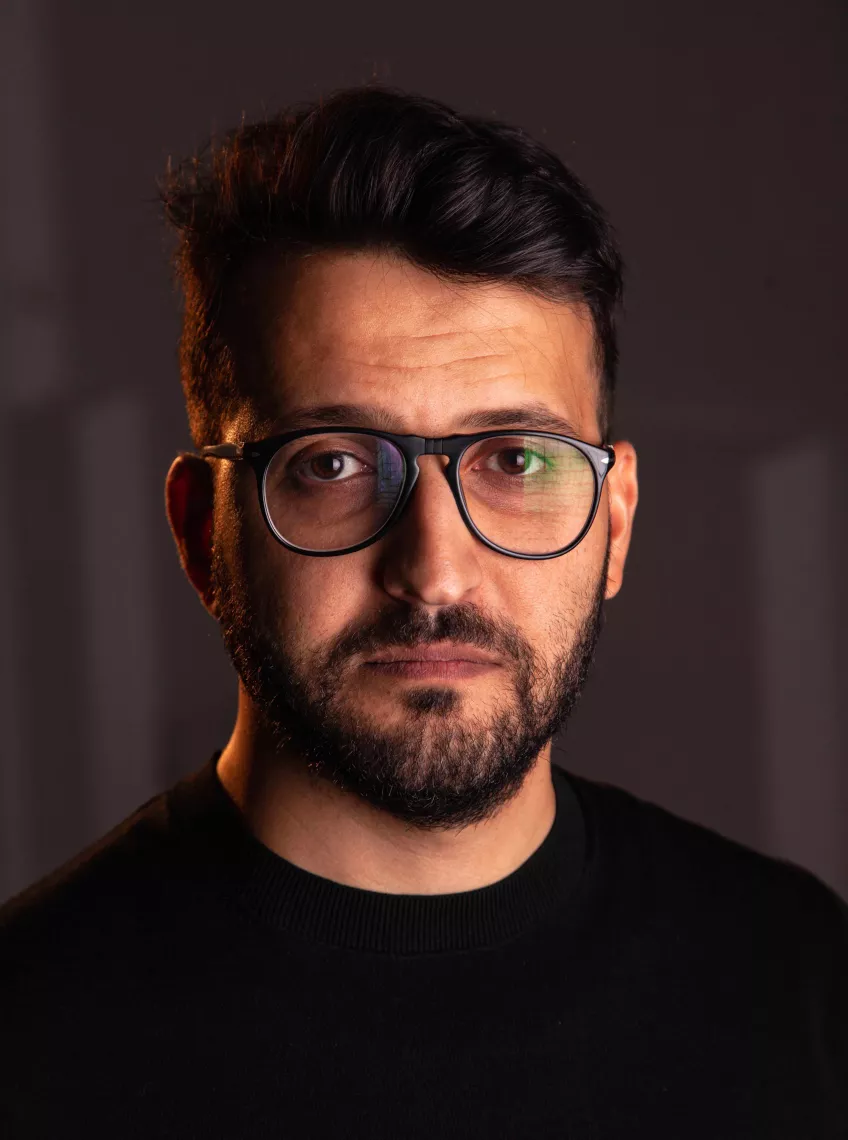In the chapter, Amin Parsa, postdoctoral researcher at The Sociology of Law Department, investigates the production of human target in laws of armed conflict as a derivative of the different visual functions of the military uniform.
“Distinction between lawful and unlawful targets, prohibition of perfidy, prohibition of use of enemy’s uniform or use of protected uniforms, prohibition of human shielding or permission of ruses of war like use of camouflaged uniform are invoked in order to show how the whole body of law that permits use of lethal violence against human beings during war, are indeed regulations of different modes of visibility and invisibility that a uniform makes during an armed conflict. As such this chapter presents the military uniform as the legal material that shapes laws of targeting.”
Uniform: Clothing and Discipline in the Modern World is published by Bloomsbury Publishing, and edited by Jane Tynan and Lisa Godson.
